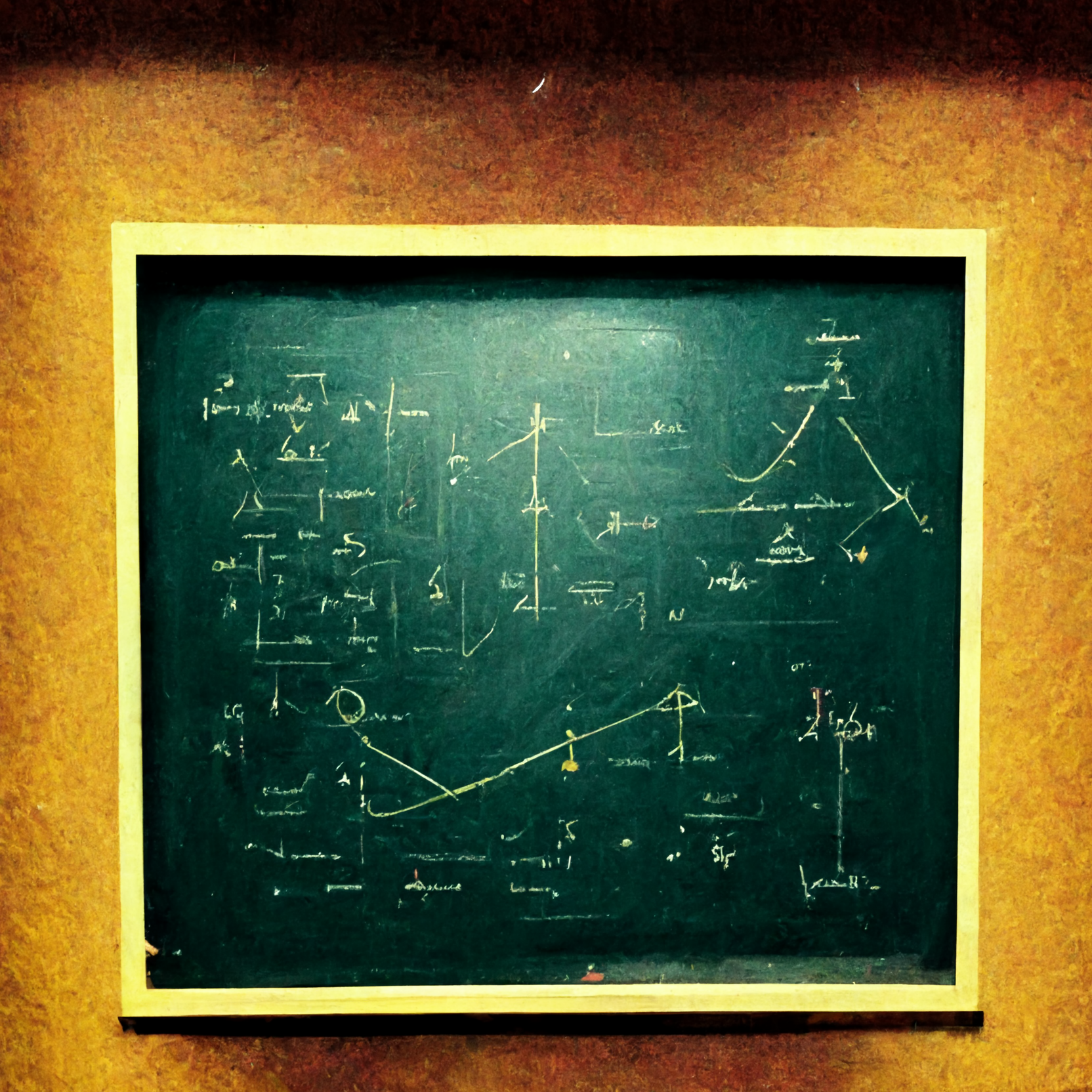
An instructive methodology chapter
Use your methodology chapter to explain what you did and why this seemed plausible. It will be useful even if things do not turn out the way you hoped.
Metaphorically speaking
Any excursion requires a mode of travel. Each mode of travel leads to different opportunities to discover and report—a plane ride has different advantages and disadvantages for exploring compared to a hike or most other modes of travel.
Consequently, describing your mode of travel will enable your audience to understand your findings appropriately in terms of the methodology of your advance. Only if you explain what you did can your audience understand how your results came to be. There is an added bonus: if you illustrate the mode of travel and the attention to detail you put into preparing your vehicle, you will benefit from a certain degree of insurance should things not go the way you intended. Especially if you carefully designed a technically flawless vehicle to conduct your exploration, your research might then circle an interesting reflection about how your (in theory) perfectly capable vehicle surprisingly did not in practice yield the results. Much can be learned by the next researcher who attempts what you tried.
Research in many ways means communicating what you did before communicating what you found. What you found can only be interpreted appropriately if your audience learns what you did to reach this.
(This is a preview section. The full chapter on this topic continues with the sections “Rough coordinates”, “Train of thought”, “In essence”, “To reflect”, “Two travellers’ tales”, “Devil’s advocate”, and “How to tackle”.)
Beyond the book
-
We have not yet found suitable further reading on this mindset.
-
We do not have any supplementary thoughts on this matter to share at this time.
We are looking forward to any suggestions and additions you would like to make us aware of. Please scroll to the end of the page to make a suggestion.
-
We do not have any critical thoughts on this matter to share at this time.
We are looking forward to any suggestions and additions you would like to make us aware of. Please scroll to the end of the page to make a suggestion.